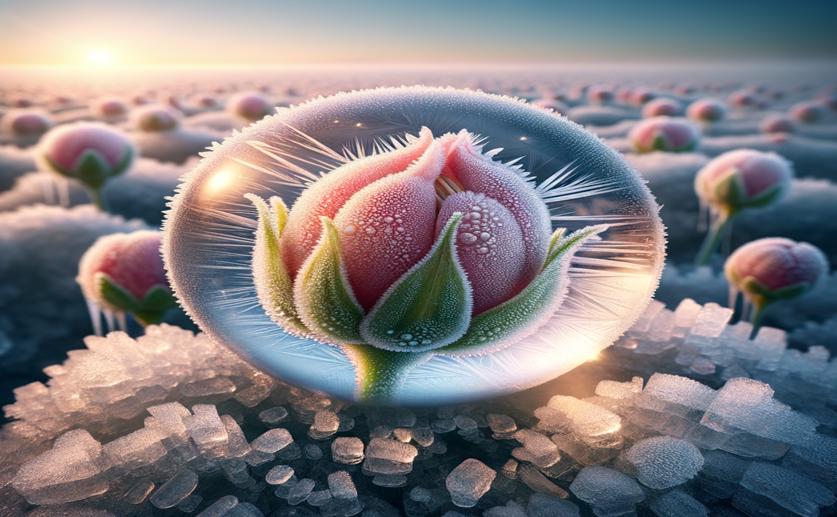
How Sweet Cherry Flower Buds Avoid Freezing by Supercooling
Greg Howard
23rd August, 2024

Image Source: Natural Science News, 2024
Key Findings
- Researchers at the University of British Columbia (Okanagan) studied how sweet cherry flower buds avoid freezing through supercooling
- They found that barriers to ice formation are unique to each part of the bud that will develop into flowers or leaves
- The study showed that as buds transition from winter to spring, the development of water-conducting tissue allows ice to form, reducing supercooling ability
AgricultureBiochemPlant Science
References
Main Study
1) Investigating properties of sweet cherry (Prunus avium) flower buds that help promote freezing avoidance by supercooling.
Published 21st August, 2024
https://doi.org/10.1111/plb.13697
Related Studies
2) Properties of peach flower buds which facilitate supercooling.
Journal: Plant physiology, Issue: Vol 70, Issue 5, Nov 1982
3) Complex bud architecture and cell-specific chemical patterns enable supercooling of Picea abies bud primordia.
4) Effects of environmental factors and management practices on microclimate, winter physiology, and frost resistance in trees.



 10th August, 2024 | Greg Howard
10th August, 2024 | Greg Howard